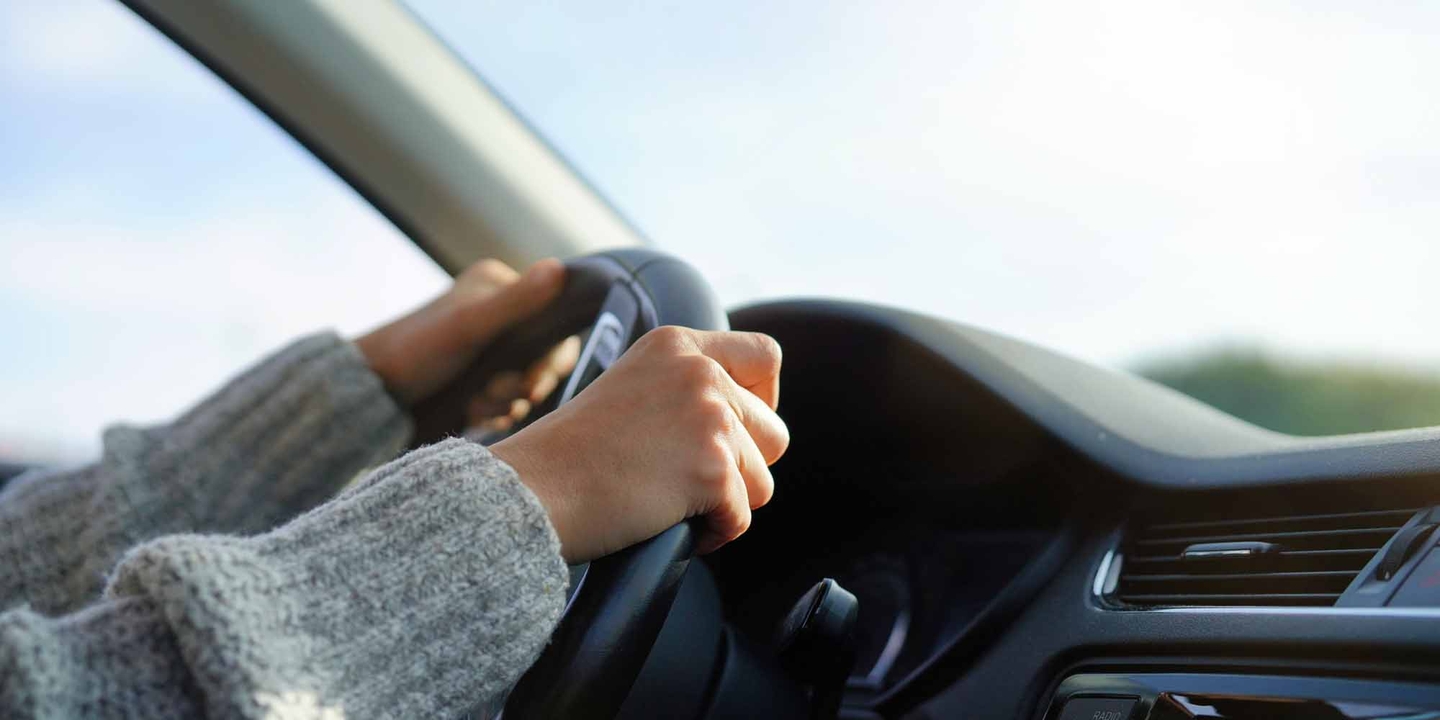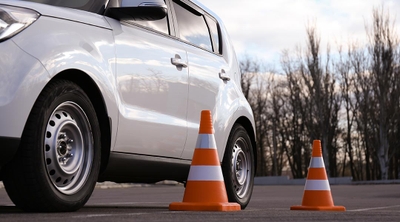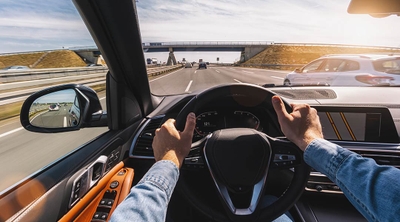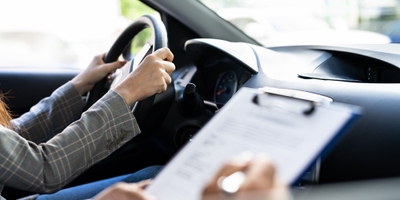How to practice driving
3 min read
Practice is the most important tool to help a new driver become a safe, confident road user. Nearly all states require young drivers to log a certain number of supervised practice driving hours with an experienced driver — usually a parent or guardian — before taking their driver’s test. The required hours vary from state to state, but the more a new driver can practice driving with someone experienced, the better.
How can I practice driving?
When you start teaching a new driver the rules of the road and how to operate a car, it can help to divide the driving skills to practice into three phases.
Operation of the vehicle
The student driver learns about the car’s controls and gains confidence in starting, stopping, accelerating, braking, signaling, and other fundamentals. If the student will be learning how to drive a stick shift, this is the time to start working on shifting skills.
Driving on the road
The student driver puts their skills into practice in real-life situations on the road. They should have a good command of the vehicle by now and can concentrate on traffic and signals. They can move from smaller, quiet roads to more complex driving situations as they gain confidence and skill.
Driving in more challenging conditions
When the driver has a good command of the vehicle in normal conditions, they should practice driving at night, in the rain, at rush hour, and in other adverse conditions, like driving in the snow.
Supervised driving practice
Many states require young student drivers to complete a certain number of in-car driving lessons with a professional instructor. The National Highway Traffic Safety Administration (NHTSA) has resources to help you find driver education courses in your state. If you’re nervous about teaching your child to drive or worried about damaging your car with an inexperienced driver, consider waiting to do supervised practice driving until your new driver has completed the professional in-car lessons. That way, they have more confidence and a decent command of the vehicle before taking over supervision.
When a new driver with a learner’s permit is practicing driving, they will need auto insurance. As a parent, you can add your teen driver to your car insurance policy, or they can buy a separate policy.
Some states and driving schools let you ride along with your teen on the lessons, which can be a good opportunity to learn how to coach your student driver and ask the instructor questions. Or, if you have concerns about specific aspects of supervised driving practice, you can schedule a follow-up lesson with the instructor.
Best places to practice driving
In the beginning, you should avoid places with other cars or obstacles so that the student driver has plenty of time to react with minimal risk. That helps the driver and the person supervising the driving practice stay calm. Consider working your way down this list:
- At first, you can practice driving in a parking lot — especially an empty one — and then move on to the road when you have more experience.
- Then proceed to residential or suburban areas with broad streets and low traffic.
- Finally, graduate to narrower streets, complicated downtown intersections, and freeways with lots of traffic and high speeds.
Remember, if you’re working on a new skill, you can always return to a quieter area. For example, when you start practicing driving at night, you might begin in a quiet residential area even if you’ve done many hours of supervised driving practice on bigger roads.
What is the best time to practice driving?
At first, you should choose a time with plenty of light, good weather, and not much traffic. Late morning or lunchtime are good options for the first practice sessions. If your schedule allows, avoid rush hour, and consider practicing driving on a weekday when most people are at work. As the student driver gets better, you’ll want to present them with more challenging conditions. Then, the best time to practice driving will depend on when you can expose them to a new driving scenario or challenge.
Additional factors to consider when you have a student driver in your household include what to look for when you are choosing a teen driver’s first car. And if you are the parent of a student driver, one of the things that you don’t want to think about but mustn’t ignore is the issue of student driver car accidents.
Look for teaching opportunities outside of your scheduled practice driving. Any time you’re in the car with your child can be a “teachable” moment. You might highlight good and bad driving behaviors, talk about why certain driving habits are important, and encourage their progress.






